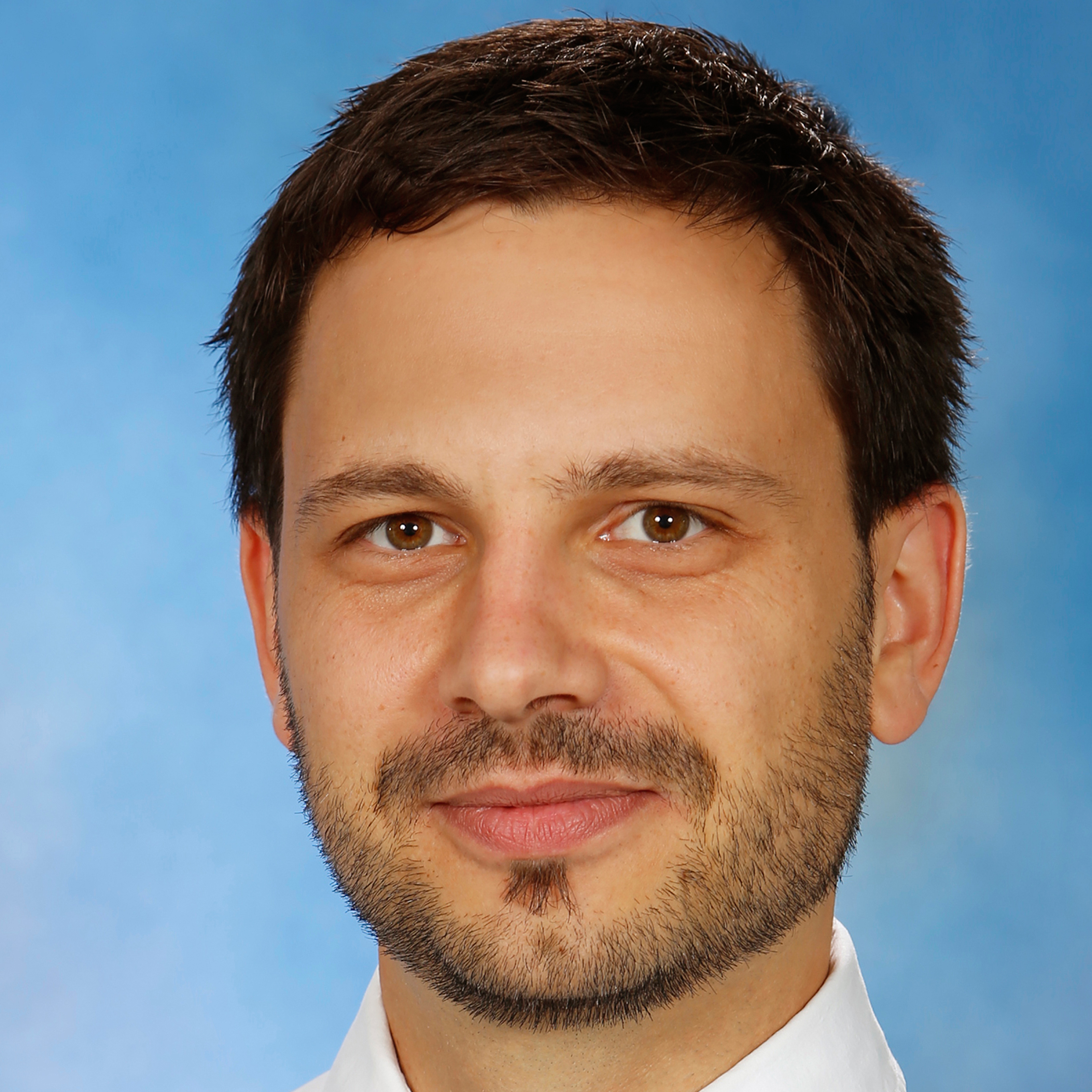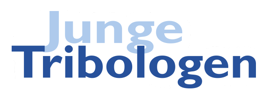Interview with László

What’s your name?
László Katona
What are your hobbies?
First, I would answer the question, “With whom I spend most of my free time?”, and that is – as a young father – my family. If there is still some free time left, sports (cycling and running) and reading are the main activities that serve as a balance. Besides all that, I’m also very happy when I get to drive the tractor at my parents’ farm.
What did you study and what is your highest educational attainment?
I studied mechatronics at the University of Applied Sciences in Wiener Neustadt (2008: B.Sc. & 2010: M.Sc.). A bit later, in 2014 – parallel to my working activity – I started the doctoral studies at the Vienna University of Technology, Institute of Applied Physics, and got my PhD in 2018.
Where do you work and what’s your position?
I am principal scientist at the Austrian Excellence Center for Tribology, AC2T research GmbH. Here, I am responsible for the group and those projects, whose research focus is on triboelectric systems, i.e. where electrical current passes tribological contacts.
Since when are you part of working group “Young Tribologists“?
For the first time, I participated in the Symposium (2nd Young Tribological Researcher Symposium) in Berlin in 2018. In the past almost three years, this was followed by several working group meetings, usually held at industrial companies, and the 3rd Young Tribological Researcher Symposium, which took place in Wiener Neustadt.
In which part of the group are you currently participating?
I belong to the “Symposium Group”. This organizes and hosts the annual Young Tribological Researcher Symposium. (Annual in parentheses since we hope that the year 2020 was only an exception. Here we had to postpone the symposium by one year due to COVID-19). The symposium is very important to me personally, because it gives young researchers in tribology the opportunity to present their work to a smaller group, to practice their presentations “under real conditions” before attending a bigger conference. I was especially pleased that in 2019 we had the opportunity to host the symposium in Wiener Neustadt at AC2T research GmbH, under the patronage of Prof. Gachot (Vienna University of Technology). The cooperation with Prof. Gachot also gave us the possibility to publish a special issue in the journal “Industrial Lubrication and Tribology”.
Why are you a member of working group “Young Tribologists”?
The “Young Tribologists” offer numerous personal and professional advantages. We have members from industry, tribological research facilities, and scientific institutes of universities. In addition to the exchange among – I would say like-minded people – we can make very good professional connections, and even friendships. Due to the extent of the group, which reaches beyond the German-speaking area, the international visibility of our cooperative work is also increased, be it in the form of research projects or publications. In addition, I personally enjoy assisting bachelor’s, master’s and publication work of our “youngest” colleagues, supporting them with some advices from time to time.
How did you end up in the field of tribology?
The Technology and Research Center Wiener Neustadt, where AC2T research GmbH is also located, is situated between the University of Applied Sciences Wiener Neustadt and the student house where I lived when I was a student. So first you look on the Internet to see what AC2T research GmbH is doing. Then you google what tribology actually is. (I admit, it has its charm to work in a field that is unknown to many people). Afterwards, I applied for a job as a laboratory technician and for a topic of my master thesis. Today, I can claim to have 12 years of experience in tribology, and to have been able to write my PhD thesis on a tribology-related issue, namely that of the real contact area.
What topics are you working on and are there any connections to the field of tribology?
As a competence center for tribology, we deal exclusively with tribological issues. The actual topics come from industrial projects, in my case from electro-tribological systems, such as electric motors, plug-in connections or switching electrical contacts. On the other hand, we do strategic research, where we prepare for future trends and build up fundamental knowledge of tribological applications.
Currently, arc-induced wear of switching contacts, the electrical-thermal behaviour of e-drives, a hardware-in-the-loop test rig, and electrical contact resistance in battery packs are my core topics.
Do you have any favorite anecdote about the broad field of tribology?
Perhaps not an anecdote, rather an illustration of the term “tribometer”. A tribometer is a device with which, among other things, the coefficient of friction between bodies in contact and under relative motion can be determined. In a thought experiment, my former professor illustrated this with the “spaghetti tribometer”. You can usually find all the ingredients for this in the kitchen and the function is also quite easy to understand: Take a cooked spaghetti and throw it on a clean, vertical stainless steel surface (e.g. on the back wall of the kitchen or on the door of the refrigerator). If it slides down slowly, i.e. the friction coefficient is in the optimum range, then the spaghetti is “al dente”. If it sticks, i.e. the friction coefficient is too high, it has been overcooked. The one spaghetti is to be disposed of after the test, the tribometer/the wall to be cleaned.
